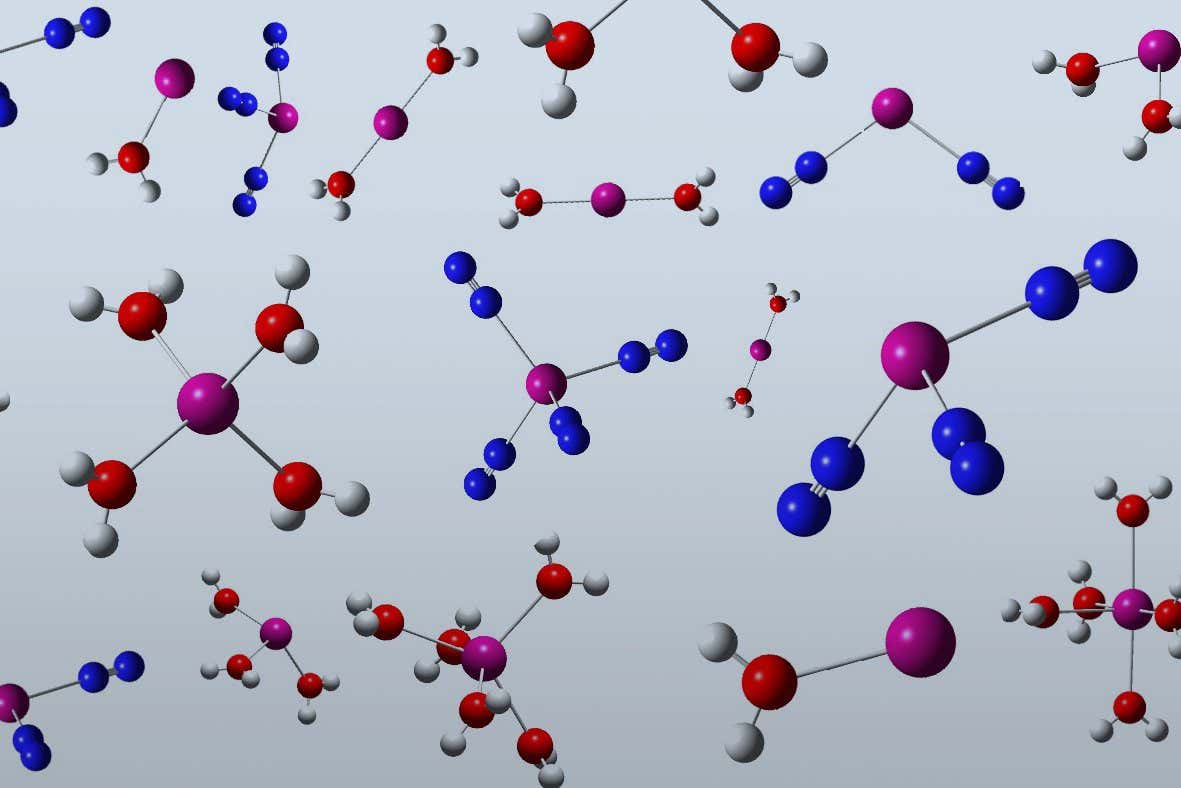Now Reading: Superheavy Elements: A Potential Shake-Up for the Periodic Table
-
01
Superheavy Elements: A Potential Shake-Up for the Periodic Table
Superheavy Elements: A Potential Shake-Up for the Periodic Table

Quick summary:
- Researchers observed the heaviest atom yet, nobelium (element 102), forming a molecule during a chemical reaction.
- Nobelium is part of superheavy chemistry and belongs to actinides at the bottom row of the periodic table.
- Novel techniques allowed precise identification of molecules containing nobelium via a fast-reacting detector akin to a mass spectrometer.
- The experiment was conducted using calcium atoms smashed into lead, which created nobelium. Follow-up tests used thulium rather of lead, creating actinium (element 89).
- The findings confirmed that actinium and nobelium belong in the same row on the periodic table due to similar behaviors in reacting with water molecules.
- Molecules heavier than nobelium had been made before but were never clearly identified until now. This advancement could open doors for research on even heavier elements like dubnium (element 105).
- Experimental observations may require reevaluation of past studies where researchers assumed they were observing atoms but could have also studied their formed molecules.
Indian Opinion Analysis:
This breakthrough in superheavy chemistry exemplifies advances in basic scientific research, pushing boundaries and refining our understanding of atomic behavior under extreme conditions. India’s burgeoning scientific community should take inspiration from such innovations while focusing their resources on cutting-edge experimental physics and chemistry. Understanding rare radioactive elements not only expands human knowledge but also holds potential applications for nuclear energy or technology advancement. Collaboration opportunities may arise internationally as knowledge obtained here can complement India’s desire to enhance technical prowess globally.
India could benefit by studying methodologies like precision detectors akin to mass spectrometers used here, further enriching practical applications across industries ranging from pharmaceuticals to materials science research.While this news might seem purely academic initially,its relevance underscores how foundational discoveries can ripple through technological advancements ensuring india remains competitive globally.




























